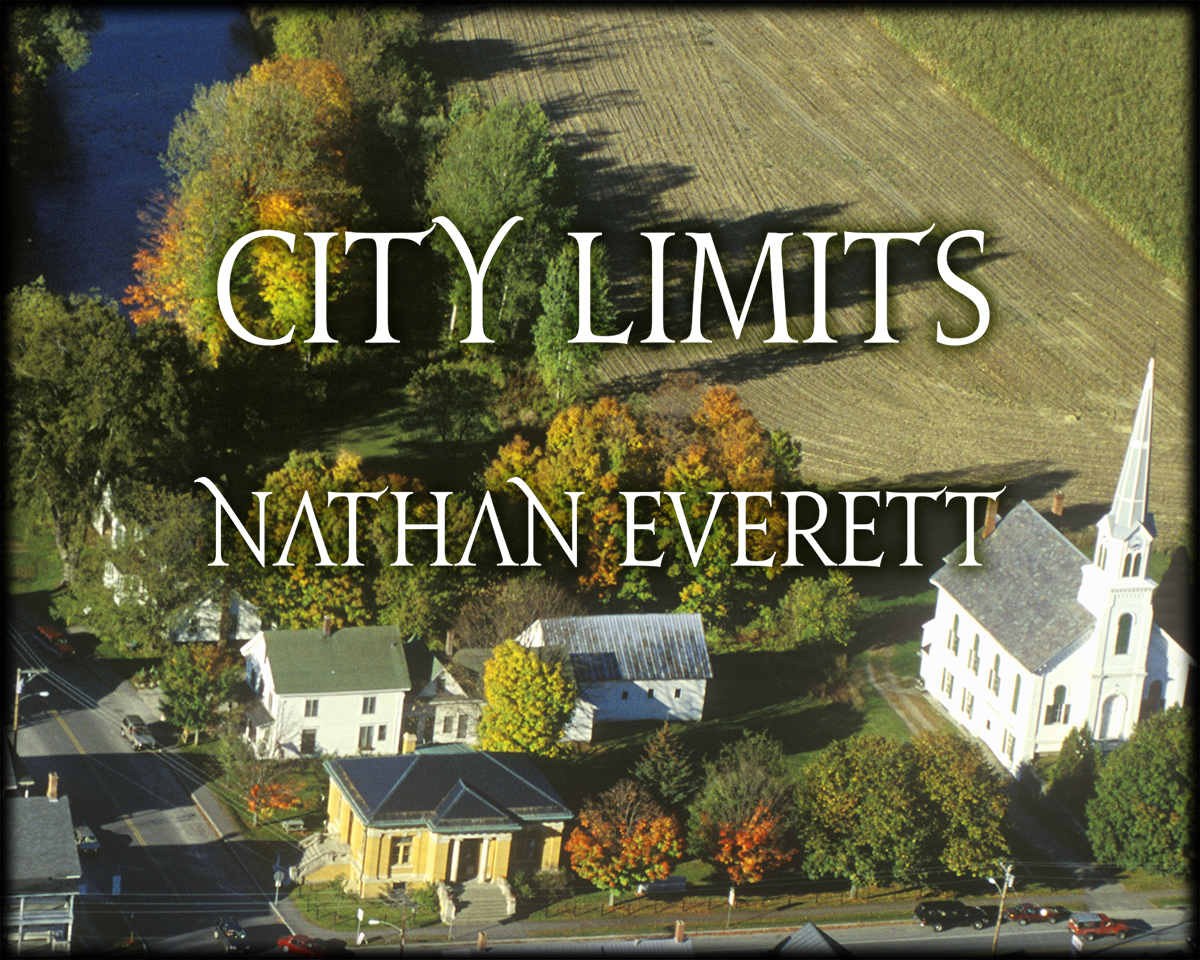10/1/23
Planner vs. Pantser
This is number thirty in the blog series, “My Life in Erotica.” I encourage you to join my Patreon community so I can afford to keep writing.

AS OF TODAY, October 1, 2023, it is officially NaNoWriMo prep month. Even though participants are supposed to start a new work with a blank sheet of paper, various degrees of preparation are allowed and encouraged. This preparation often reveals two different kinds of writers who participate in National Novel Writing Month: Those who plan their work and those who write by the seat of their pants.
I decided that I should look up the definition of the oft-used phrase “by the seat of one’s pants.” It was enlightening. Its first known usage was in 1942 by WWII pilots. It referred to situations in which the aircraft lost its navigation instrumentation and the pilot had to fly by instinct and experience.
Interestingly, I found two subtly different definitions: one was to do something based on personal experience, judgment, and effort, rather than relying on technological aids or formal theory. In flying circles, I believe this is closely related to ‘dead reckoning:’ Navigators using a previous known position to estimate current location based on speed and flight time. The other, and more common in my opinion, definition is to proceed based on intuition or improvisation, without a clear plan or direction.
When NaNoWriMo participants use the term, it is usually the latter definition. They sit down on November 1 and start typing, hoping a story will eventually emerge, but without knowing the path it will take.
Am I a planner or a pantser?
Yes. I have been known to employ both methods. Since I depend largely on my character development driving the story, sometimes it goes in directions I hadn’t imagined. The storyline develops as I type. Character-driven development. At other times, my planning is so extensive, writing is almost easy!

City Limits is now available on Bookapy.com.
In 2017, I spent nearly all of September and October planning my Nathan Everett project, City Limits. Starting on November 1, I wrote the 128,000-word first draft in thirty days. How much planning did this take to create the planned twelve-episode draft of this story?

I created over 300 3x5 index cards, color coded to indicate action, characters, locations, conflict, and scene breakdown. I worked the cards around on a cork board so that each scene made sense, then I captured what was on the board in a detailed outline.
These cards included a card for every character who would be mentioned in the story. But that wasn’t enough. After I had described what I thought the character should look like, I searched out photographs that I thought each character would look like. I created genealogies so I knew who the major families were and how they were related.
I drafted a map of the entire town included in the City Limits! Every street was named. Every business located. The areas controlled by each family were marked out. And I printed that on a 24x36 inch sheet that I could hang on my wall and refer to as I wrote. How far was it from Gee’s home to the Forest? All I had to do was look at the map and chart the exact route he would take and measure it—because, of course, the map was to scale.
I read similar books to what I wanted to write. I watched television series I thought were comparable. I did everything but actually write the story. In fact, instead of writing, I memorized what I would write on the first page. Memorized without writing. But it would get me started writing when I opened that blank document and said “Ready, set, go!”
And the result? I won’t say it was bad. My alpha readers gave me good feedback. It took six months to rewrite and edit the book, and nearly ninety percent of it was changed! Not to mention cutting 17,000 words!

I’ve mentioned the Devon Layne trilogy of Bob’s Memoir before. That demon talked to me for months before I was ready to start writing. Doug and I talked about what would happen and what Bob would face over the course of 4,000 years. But when I sat down on November 1, 2021, all I knew was “Hi. I’m Bob and I’ll be your demon tonight.” From that point on, the story flowed of its own accord for 150,000 words. Amount of rewriting needed before I released the book the first of March, 2022? About five percent.
So, I’ve been a planner and I’ve been a pantser. And I’ve done some of the combination of work that NaNo writers call being a ‘Plantser.’ And I believe both are great, depending on how inspired I am and how complex the project will be.
I spent just as long planning the sequel to City Limits as I did the original. But I had laid a firm foundation with the first book, so I was able to write the 155,000-word first draft of Wild Woods in November of 2019, and its rewrite was only about 10% significantly changed. So, planning is more effective when there is a good underlying structure to work from.
As I write this, I just finished the first draft of Follow Focus, book six in the “Photo Finish” series. So, I feel free to work on planning my 2023 NaNoWriMo project. I happen to be spending a few days in the Pacific Northwest doing some dog-sitting, so my daughter—also an author—has spent five days with me brainstorming our NaNo projects. We’ve been assisted by her stepdad who has kept meticulous notes for us and asked clarifying questions.
I expect we will spend at least another day before I leave town on the first. We are both gradually zeroing in on a completely new project for each of us. We’ve agreed to limit ourselves to a stand-alone novel of 50-100,000 words. We have been researching source material and brainstorming a few world-building ideas. We’ve got a long way to go in October before we’ll be ready to start writing on November 1.
Oh, and although we are brainstorming our ideas together, we will be writing different stories. We won’t be collaborating on a single idea. But we’ll be following each other’s progress closely.

What’s next in planning? Well, one way to test our ideas is to develop a logline. We’ll be tossing out a number of different loglines for the possible stories we are considering in the next week, so that’s what I’ll make as the topic for next week: “Loglines.”
Please feel free to send comments to the author at devon@devonlayne.com.
